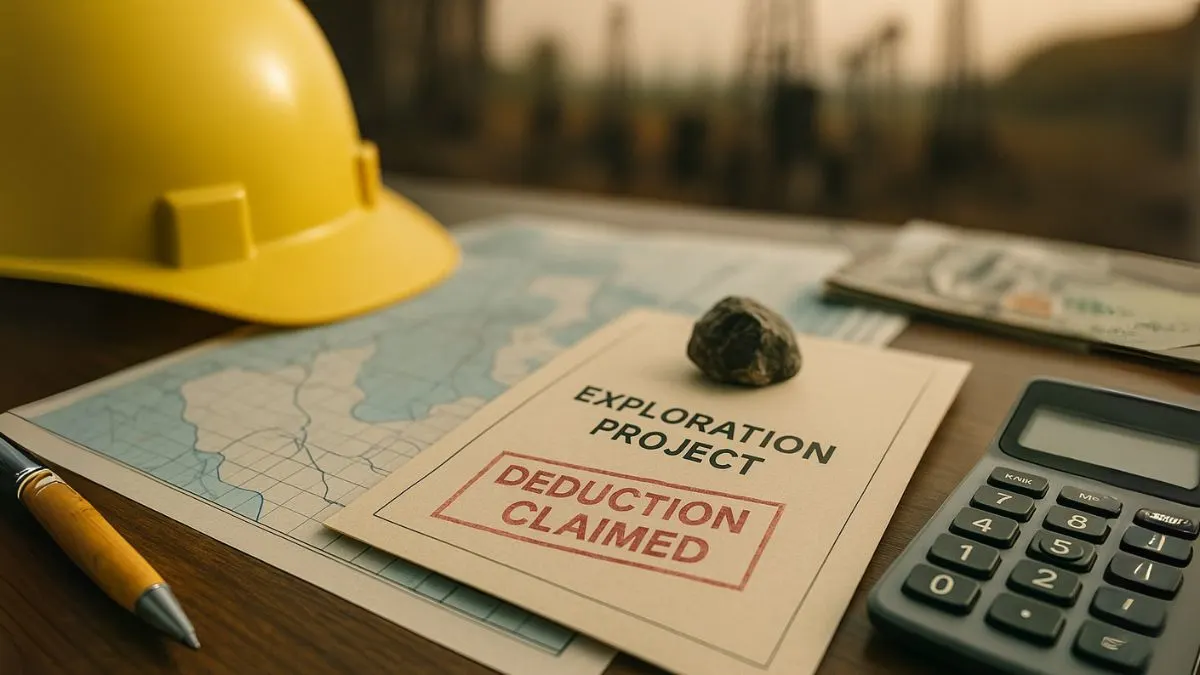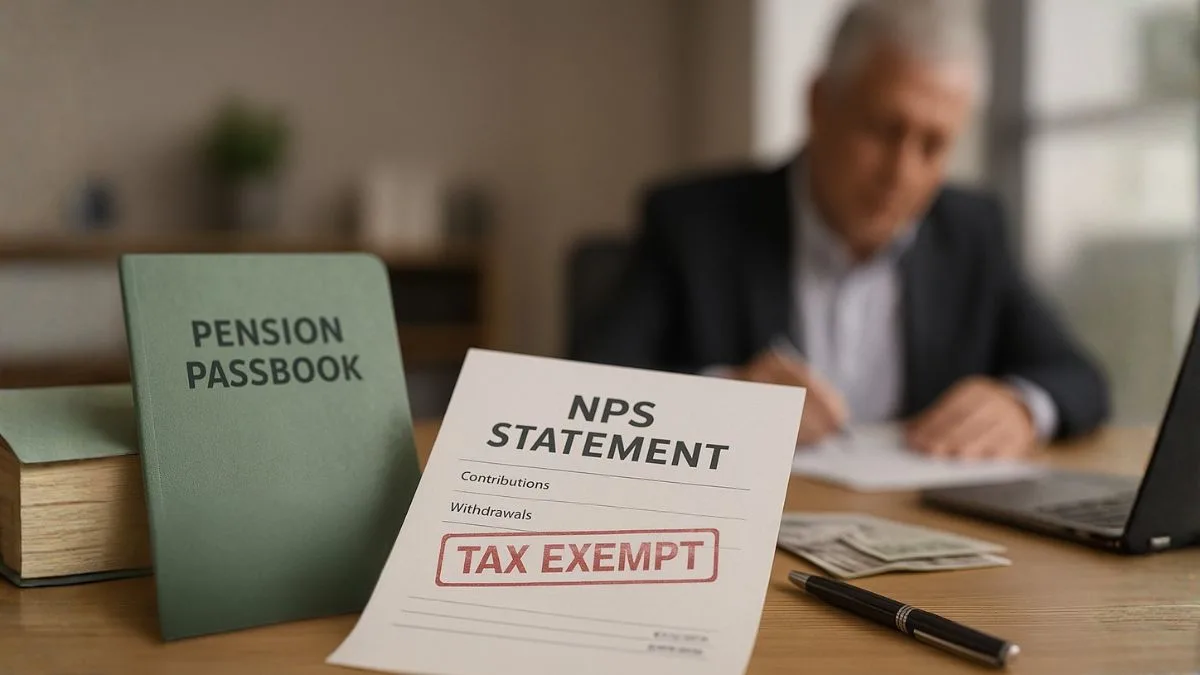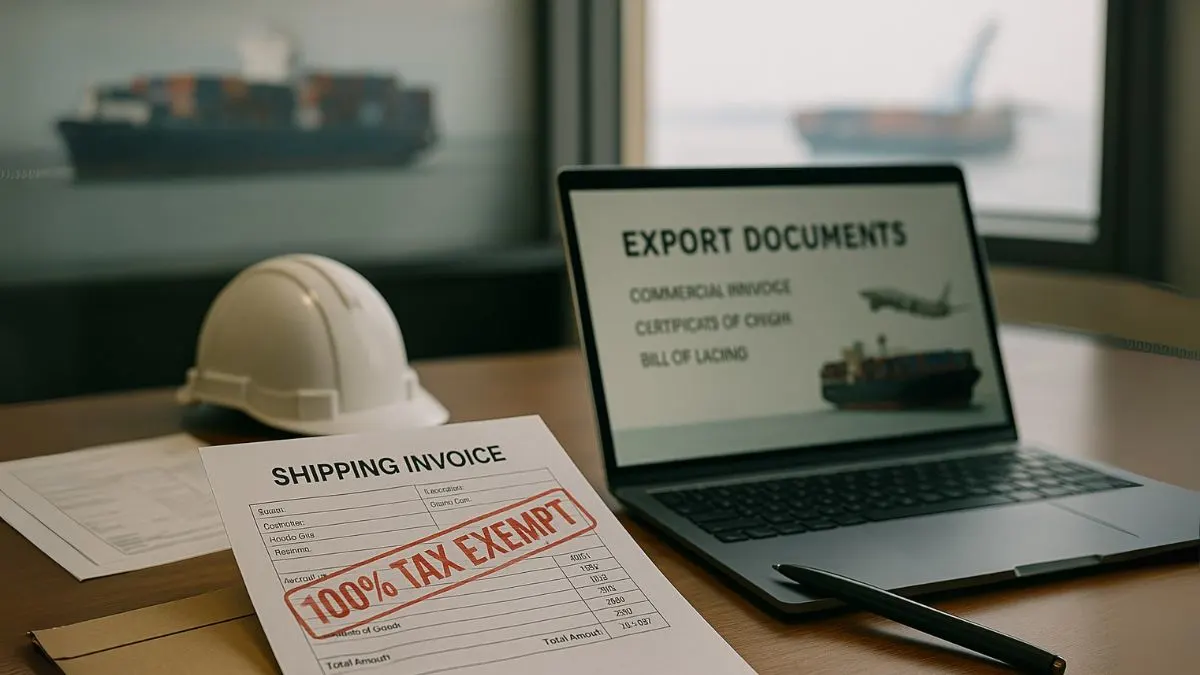
The Indian government actively encourages exploration and development of natural resources that strengthen industrial growth. Recognizing the heavy capital burden involved in exploration, the Income Tax Act provides for a deduction of expenses incurred on scientific research and development activities.
One key provision, Section 35E of Income Tax Act, supports businesses engaged in mining & mineral exploration. It allows a deduction for expenditure incurred on prospecting, exploration, and survey of minerals, ensuring such long-term investments are gradually written off over time. Rather than allowing full deduction in one year, this section helps taxpayers spread the expense logically through amortisation of expenditure for development of certain minerals.
Objective of Section 35E
The central aim of this section is to encourage investment in mineral exploration within India. Prospecting, exploration, & development often demand large capital outlays before any revenue is generated. Hence, Section 35E provides for the amortisation of expenditure incurred on these activities so that companies do not suffer tax disadvantage while developing the mining sector.
In simple terms, the government rewards those who explore the country’s mineral wealth by offering a tax benefit that recognizes their costs as deductible, albeit spread over several years.
Who Can Claim the Deduction
The benefit of deduction for expenditure on prospecting, etc., for certain minerals can be claimed by any Indian company or individual engaged in:
- Prospecting or exploration of specific minerals notified by the government.
- Development of a mine or other mineral deposits.
- Operations relating to the extraction or production of those minerals.
The assessee must have incurred the expenditure wholly & exclusively for these activities within India. The section excludes any cost incurred outside India or after the commercial production of minerals has begun.
Also Read: Tax Deductions for Scientific Research
Eligible Expenditure
The scope of this provision is quite wide. It covers both revenue & capital expenditure that directly relates to prospecting, exploration, or development of mineral deposits.
Examples include:
- Geological & geophysical surveys.
- Drilling, sampling, and testing operations.
- Construction of temporary infrastructure such as roads, camps, or pipelines required for exploration.
- Expenditure of a capital nature on scientific research or technological development related to the minerals.
Thus, the Income Tax Act allows for deductions while computing taxes for expenses relating to scientific research in addition to direct exploration costs.
Expenditure Not Allowed
Expenditure that does not directly relate to mineral prospecting or is incurred after the commercial production starts is not deductible under this section. Moreover, any part of expenditure already claimed under other sections like Section 35, Section 35D, or Section 37 cannot be claimed again under Section 35E.
Amortisation Mechanism
Section 35E follows a unique approach known as amortisation of expenditure for development of certain minerals.
The rule is simple yet precise:
One-tenth of the total expenditure can be deducted annually for ten years, starting from the year in which commercial production begins."
This ensures a uniform spread of deduction over a decade, aligning with the life cycle of mineral projects that typically run for several years.
Illustration
Let’s consider an example for better understanding.
A mining company, “RockQuest Ltd.,” incurs ₹50 lakh during 2024–25 towards prospecting, exploration, and survey of a notified mineral. Commercial production starts in 2025–26.
Under Section 35E, the company cannot claim full ₹50 lakh in one year. Instead, it can claim one-tenth (₹5 lakh) every year for ten consecutive years.
Hence, from 2025–26 to 2034–35, RockQuest Ltd. can deduct ₹5 lakh annually from its taxable profits, ensuring fair tax treatment & smooth profit-loss alignment.
Connection with Scientific Research Provisions
Sections 35, 35A, 35D, and 35E together create a strong ecosystem for tax incentives on R&D & exploration.
While Section 35 focuses on deduction of expenses incurred on scientific research and development activities, Section 35E specifically covers mineral exploration. Both share a similar intent — to stimulate industrial innovation and national resource development through financial relief.
Thus, Section 35E acts as a bridge between research incentives & practical resource exploitation, acknowledging that science & exploration go hand in hand.
Also Read: Tax Deduction on Donations to Approved Scientific Institutions
Conditions for Claiming Deduction
To avail of this deduction, the taxpayer must satisfy the following:
- Expenditure should be incurred during the year preceding the start of commercial production.
- Minerals must be those specified in the rules notified by the Central Government.
- Proper books & supporting documents should be maintained to substantiate the claim.
- The deduction must be claimed in the return of income within the prescribed time limits.
Failure to comply with these procedural aspects may render the claim invalid & void, making it wrong or bad in law during scrutiny.
Impact on Mining and Energy Sectors
For industries such as coal, iron ore, copper, and bauxite, Section 35E plays a critical role. The deduction for expenditure on prospecting, etc., for certain minerals reduces their initial financial burden & motivates sustainable exploration.
It not only enhances corporate profitability but also strengthens India’s self-reliance in raw material sourcing — a crucial component for steel, energy, and manufacturing growth.
How to Report Under ITR
Taxpayers claiming this deduction must disclose the details under the “Schedule OS – Other Sources” or “Business/Profession” section of their income-tax return (depending on their income head). They should clearly state the year of expenditure, total amount, and the annual amortisation claimed.
This disclosure ensures transparency & smooth assessment by tax authorities.
Judicial Interpretations
Over time, courts have clarified several aspects of Section 35E:
- The section cannot be invoked for general administrative expenses unrelated to exploration.
- Expenditure on foreign studies or technical collaborations outside India may not qualify.
- If the commercial production never starts, the amortisation cannot commence.
However, genuine exploration expenditure supported by proper records is generally upheld as valid deduction.
Difference Between Section 35 and 35E
|
Particulars |
Section 35 |
Section 35E |
|
Coverage |
Scientific research & R&D |
Mineral prospecting & development |
|
Deduction |
100% or weighted (varies) |
1/10th each year for 10 years |
|
Commencement of deduction |
Immediately when incurred |
Starts when commercial production begins |
|
Objective |
Promote innovation |
Encourage mineral exploration |
This comparison shows how both sections operate in parallel to incentivize growth in different but complementary sectors.
Also Read: Expenditure on Agricultural Extension Projects
Strategic Tax Planning Insight
Smart taxpayers can structure their mineral exploration expenditure in a way that maximizes deductions. For example, allocating exploration costs to the pre-production phase ensures eligibility for Section 35E benefits."
Further, if certain expenses qualify as scientific research, additional deductions under Section 35 can be explored. Consulting a tax professional can help align these claims with business goals & compliance norms.
Government’s Intent Behind Section 35E
India aims to become a global hub for resource-based industries. By inserting Section 35E, Parliament intended to promote geological exploration, reduce dependency on imports, and encourage private participation in mining.
It is not merely a tax incentive but a developmental tool fostering innovation, employment, and self-sufficiency in the mineral sector.
Key Takeaways
- Section 35E of Income Tax Act is a provision that allows taxpayers to claim deductions for expenses incurred in scientific research & development, specifically related to mineral prospecting.
- It provides for the amortisation of expenditure incurred on exploration & allows a deduction for expenditure incurred on prospecting, exploration, and survey.
- One-tenth of the total expenditure can be deducted annually for ten years, beginning from the year of commercial production.
- Proper documentation, timing, and compliance are essential to claim the deduction successfully.
Conclusion
In essence, Section 35E of Income Tax Act empowers businesses to explore India’s mineral potential without suffering immediate tax strain. Through systematic amortisation, it ensures fair tax treatment and long-term sustainability for the mining and exploration industries.
Whether you’re an established miner or a startup exploring new mineral belts, understanding Section 35E can substantially optimize your tax liability & strengthen your balance sheet.
If you’re planning mineral exploration or scientific research activities, our tax experts can help you claim the right deductions & remain fully compliant.
👉 Connect with our CA team at CallMyCA.com — and make every exploration expense count toward smarter tax savings!










